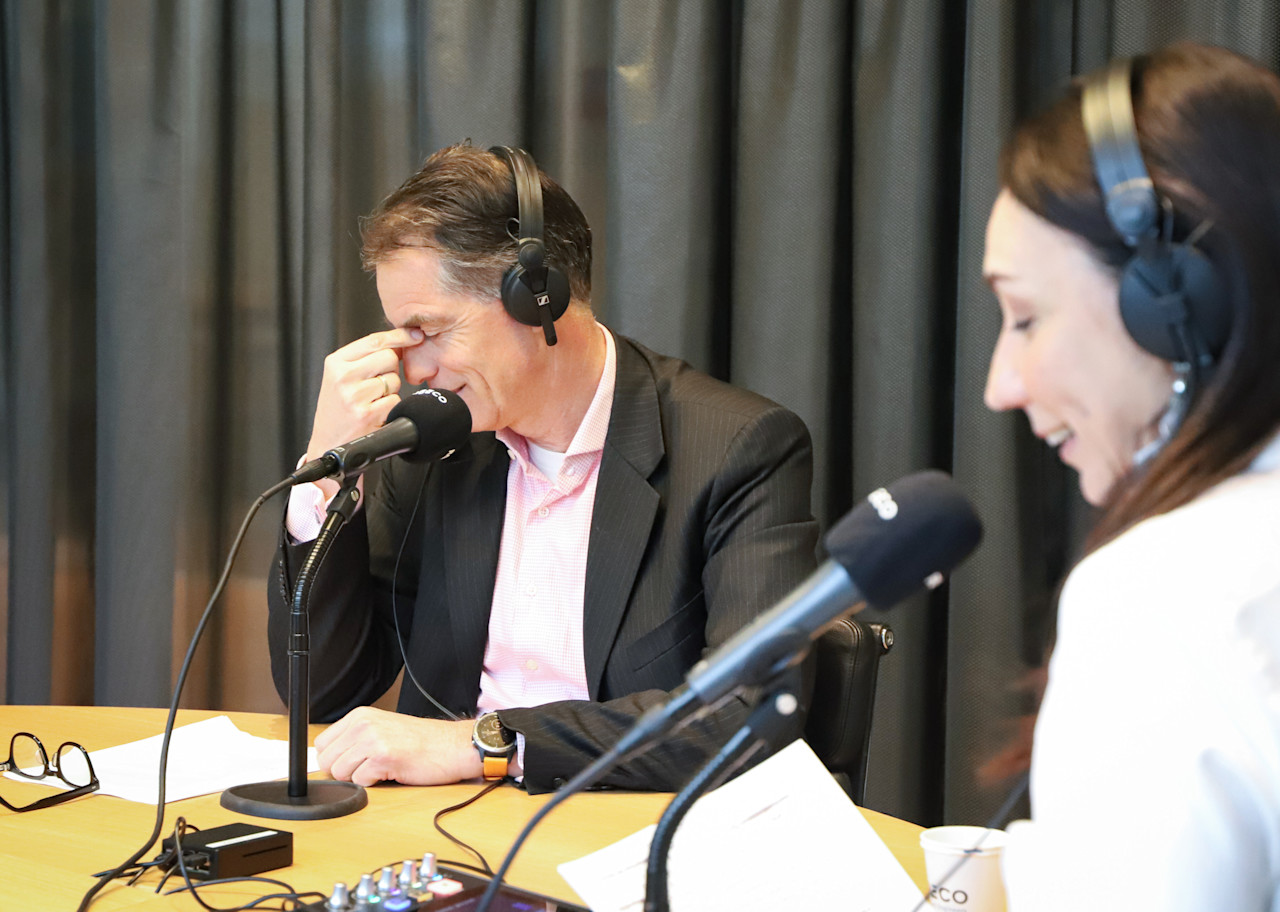Duration refers to the price sensitivity of a bond, or a portfolio of bonds, to a change in interest rates. It is measured in years. The higher the duration, the greater the responsiveness of the bond price – or the value of a bond portfolio – to a change in interest rates. There is an inverse relationship between bond prices and interest rates. Expressed differently: the higher the duration of an asset or a portfolio of assets, the higher its interest rate risk.
Defining sensitivity
Typically, for every year of modified duration, a 100 basis point increase (decrease) in interest rates would result in the price of a bond declining (increasing) by about 1%. Thus, for a bond with a duration of 7 years, if interest rates were to increase by 100 basis points, the price of the bond would drop by 7% (that is, 7 years multiplied by 100 basis points).
Duration is affected by the size and timing of future payments on a bond. For example, the longer the maturity of the bond or the bond portfolio, the higher the duration; and, the higher the coupon, the lower the duration.
A measure of risk
Duration is an important measure of the interest rate risk of a bond or a portfolio of bonds, as it reflects the likely price volatility related to changes in interest rates. The higher the duration of an asset or a portfolio, the higher the interest rate risk and the higher the likely price volatility.
See also






















